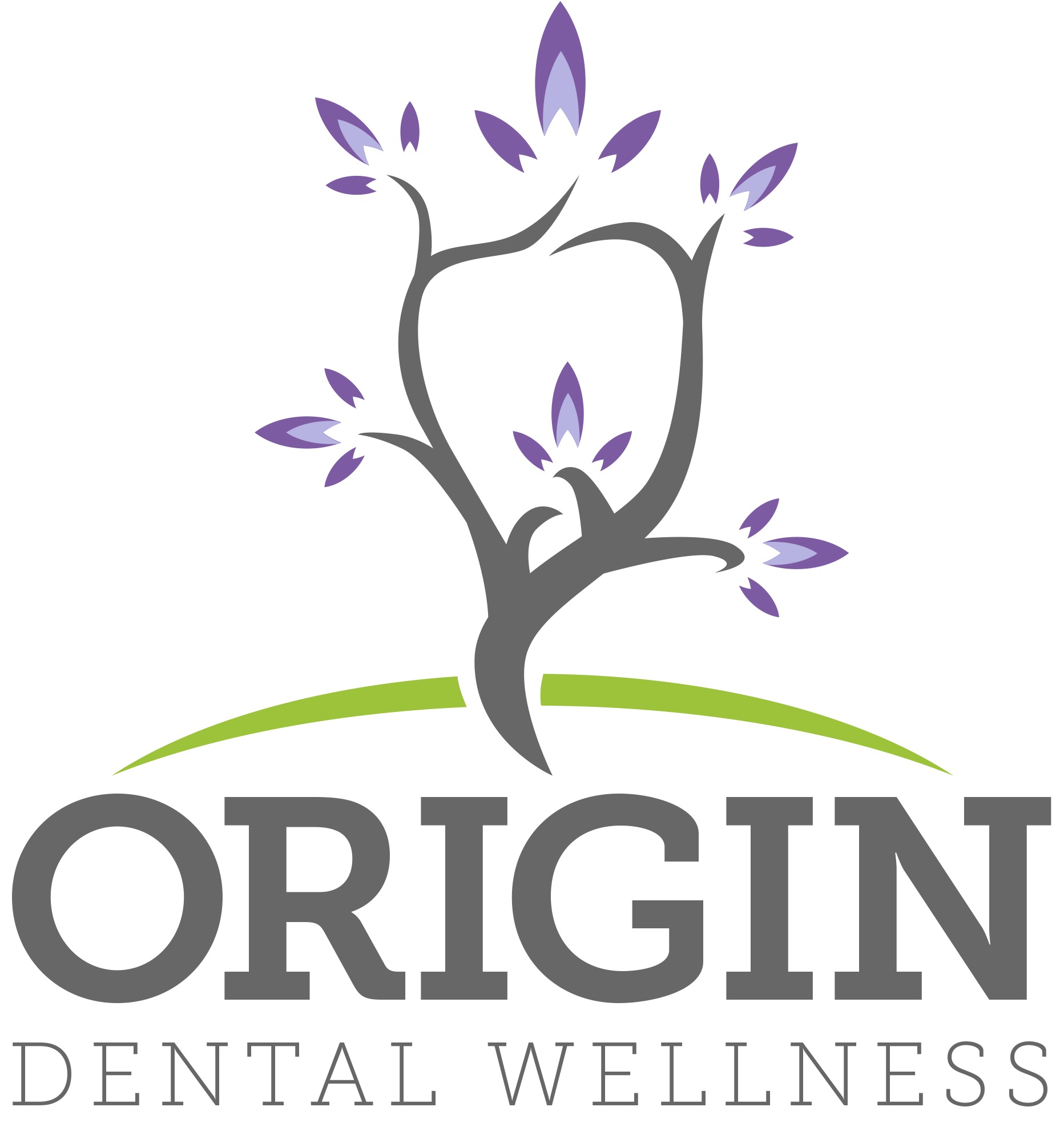Dr. McGlennen: Tell our readers how you use OralDNA® salivary diagnostics.
Kristen RDH: We recommend OralDNA® saliva testing on all patients that have bleeding/inflammation regardless of probe depths. We utilize MyPerioPath® for these patients to customize treatment plans and target the cause of the inflammation. We utilize a post MyPerioPath® test, called MyPerioProgress®, to measure the effectiveness of the therapy we provided. It is awesome to use an approach where we can have objective measurements to help treat our patients.
Dr. McGlennen: What are the top two things to consider when you select a patient for testing?
Kristen RDH: Presence of bleeding and pocket depths are always indicators to order bacterial saliva testing, however, these are not the only factors that determine if a MyPerioPath® is needed. We also test patients who have not responded to past periodontal therapy, and as the BaleDoneen Method® has taught me, we strongly recommend testing patients with certain underlying medical conditions.
Dr. McGlennen: What are the biggest benefits to using salivary diagnostics?
Kristen RDH: The biggest benefit to utilizing OralDNA® salivary testing is patient ownership of disease. I have found, when patients can see with their own eyes the types and levels of bacteria present in their mouth, they take ownership not only of the disease, but the treatment as well.
Dr. McGlennen: What is your favorite part of the MyPerioPath® results? Why?
Kristen RDH: I like to play a game when I collect a specimen, I try to envision/predict the results based on what I see clinically and the patient’s medical history. It always amazes me how often I would be wrong. Having these results means my eyes don’t have to guess what is going on—I know what is going on and my patients receive the higher standard of care they deserve.
Dr. McGlennen: How do your patients respond to this technology? What is their #1 question?
Kristen RDH: Our patients are receptive to testing and the treatment we recommend based on the results. I think it makes sense to them. I haven’t had one patient refuse periodontal therapy after receiving their results. The #1 question I get is, “How are we going to kill these bacteria?”
Dr. McGlennen: What is your biggest challenge?
Kristen RDH: My biggest challenge so far is combating the levels of F.nucleatum (Fn) that I see throughout our patient population. Even after treatment, Fn is often significantly remaining on the MyPerioProgress® results. Continued research is needed to understand these bacteria. I continue to provide varying therapy such as ozone, scaling and root planning, and in some cases the use of the recommended antibiotic(s) to combat these levels of Fn.
Dr. McGlennen: If a new OralDNA® provider were to ask you for advice, what would be your best tip?
Kristen RDH: Just go for it! Don’t be intimidated! OralDNA® has a great onboarding program that is very educational and easy to understand. OralDNA® also has an excellent support system! I call all the time and ask crazy questions and the OralDNA® team is always so helpful and informative.
Dr. McGlennen: Where do you see salivary diagnostics in 3-5 years? 10 years? What would be the impact on your practice/patients?
Kristen RDH: Within the next 3-5 years, I see salivary testing becoming more and more common. In the next 10 years, I see it being the standard of care. All patients having bacterial testing leads to not only better periodontal treatment, but better treatment for systemic diseases, such as cardiovascular disease as well.
We hope you enjoyed the throwback blog. This interview originally posted 5/11/2018.
For more information on how to become an OralDNA Provider – scan HERE:
- Interview with Kristen King RDH - October 1, 2021
- An Interview with Kristen King - May 11, 2018

